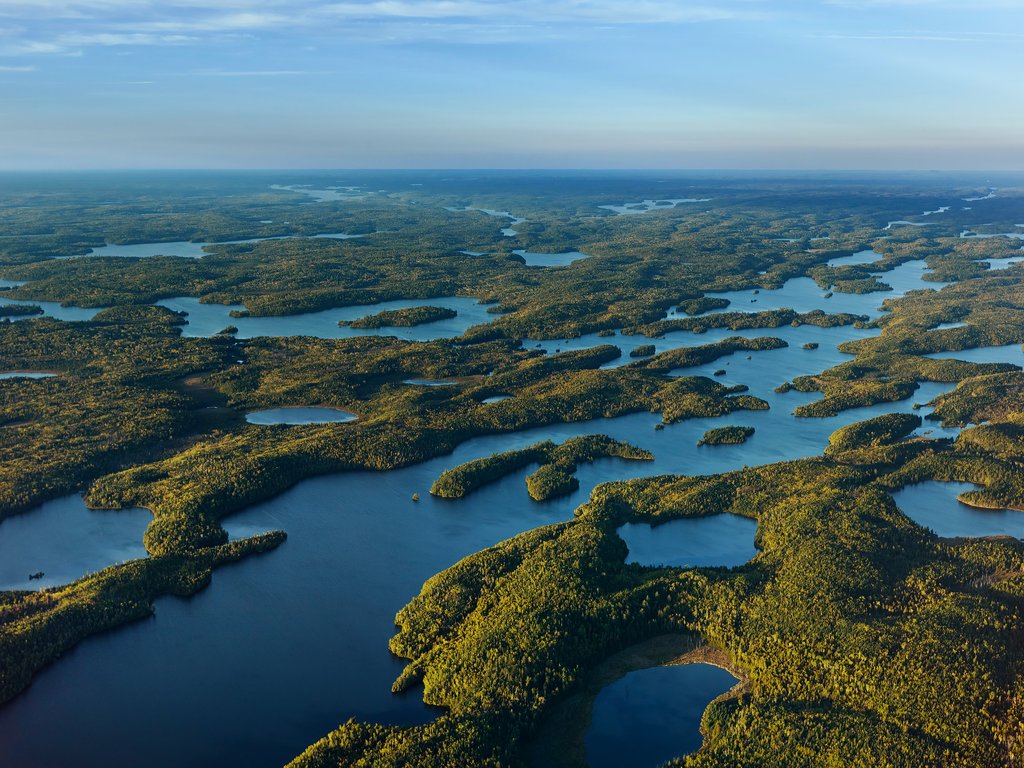Yale360:
“Automated cars, often referred to as “autonomous vehicles” (AVs) — whose passengers determine their routes without having to drive them — are being widely developed and tested, and probably will be used commercially in controlled settings within a few years. Lyft, Uber, and others have introduced ride-sharing, in which customers agree to travel with strangers in return for reduced fares. Put all three concepts together in one vehicle, posit that within a few decades this shared EV-AV technology will take over the nation’s automobile fleet, and the outcome seems environmentally irresistible, verging on fantastical.
But it’s equally plausible that the vision may turn out to be a mirage. Automated vehicles may eventually be widely adopted, but if the fleet is not electrified using renewable energy, or car sharing fails to take off, greenhouse gas emissions and air pollution could actually increase. A study last year by University of California, Davis researchers projected that if vehicles are automated but not electrified or shared, greenhouse gas emissions from the transportation sector would go up 50 percent by 2050 compared to business as usual. But if shared, electrified, automated vehicles flourish, greenhouse gas emissions could plunge by 80 percent, the study concluded.”





















